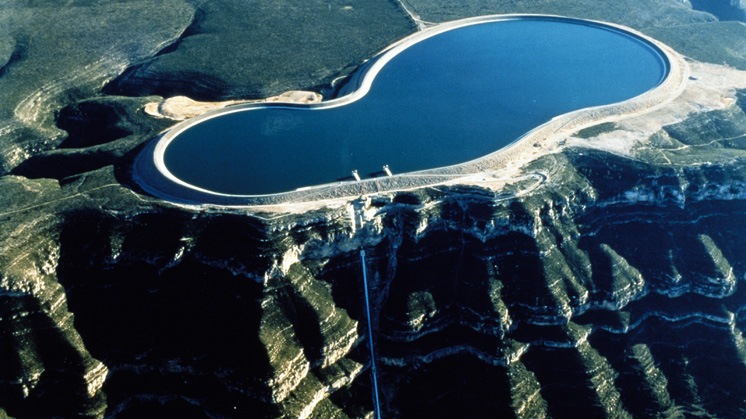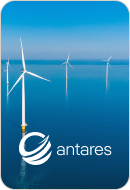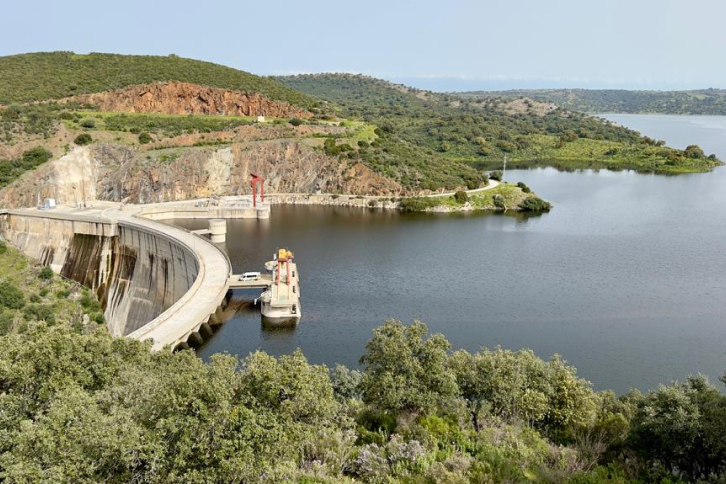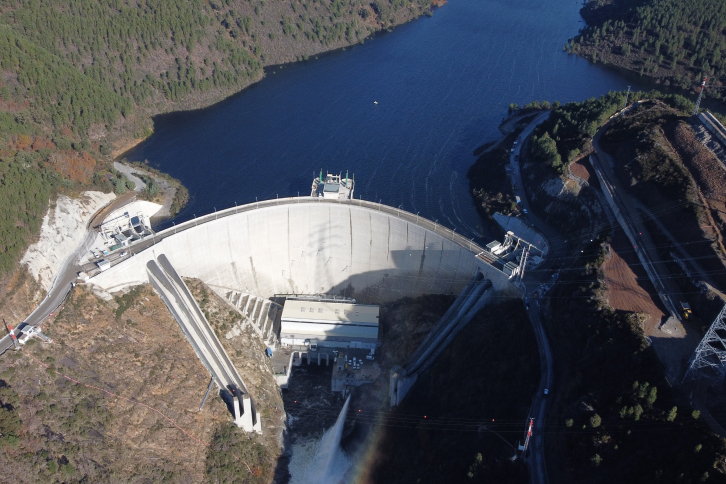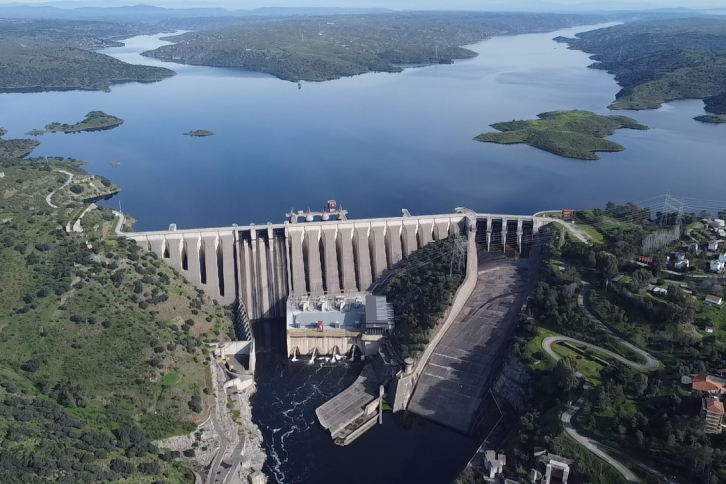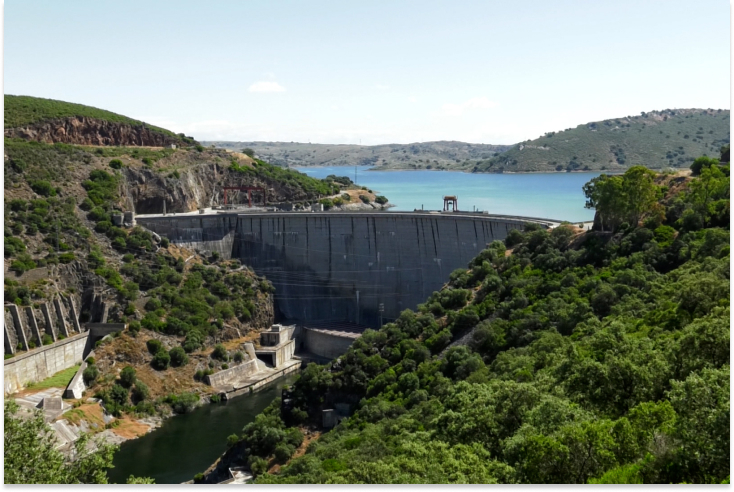Pumped-storage hydropower plants
Do you know what pumped-storage hydropower stations are used for?
Engenharia Water Hydroelectric power Energy storage
Their main purpose is to store water during off-peak periods, using it to generate energy during peak consumption periods. The largest in Europe is La Muela II, built by Iberdrola on the River Júcar, in the municipality of Cortes de Pallás, Valencia. In northern Portugal, the company already inaugurated the ambitious 1,158 MW Támega project in 2022, and by 2026 it expects to reach 120 million kWh of pumped storage capacity.
La Muela II pumped-storage hydropower station.
Hydroelectric pumping technology is the most efficient system that allows to store energy in a large-scale today. It is more cost-effective and provides the electrical system with stability, safety and sustainability, whilst generating large amounts of energy with fast response times without resulting in any type of emission into the atmosphere.
But first of all, what is energy storage? It is the capture and retention of energy for later release and use, a fundamental process in the energy transition from a fossil fuel-based system to an electricity model based on clean energy. To do this, we use large-scale storage, such as the above-mentioned pumped hydroelectric plants; and small-scale storage through batteries or lithium-ion batteries – key technologies to provide flexibility to electricity markets.
Focusing specifically on the pumping system, Iberdrola is a leader in energy storage with a capacity of 4.2 GW installed using this type of technology, the most efficient energy storage method currently available, as it does not release any polluting emissions into the atmosphere and performs much better than the best batteries on the market.
How it works a pumped-storage hydropower station
Parts of a pumped-storage hydropower station
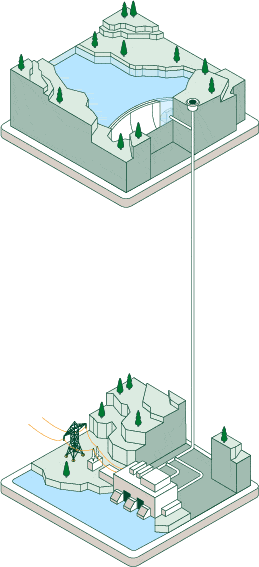
- Transformers
- Power grid
- Surge chamber
- Upper reservoir
- Dam
- Intake and discharge tunnels
- Penstock
- Generator Unit
- Turbines
- Drains
- Lower resorvoir or river
This kind of electric plant relies on two reservoirs at different altitudes that allow water to be stored, taking advantage of the times when energy demand is lower than the supply of renewable generation.
Much of the pumping is used during the hours of excess renewable generation to pump water from the lower level (11) reservoir to the upper one by means of a hydraulic pump that propels the water through a penstock (7) and conduction tunnel structure. The upper reservoir (4) therefore acts as a storage facility.
On the other hand, during at peak demand hours, the pumping station supports the system as a conventional hydroelectric plant: water accumulated in the upper reservoir thanks to a dam (5) is sent to the lower reservoir through the conduction tunnel (6). In this step the water passes through the penstock, where it acquires kinetic energy which is transformed into rotational mechanical energy in the hydraulic turbine (9). This is then turned into medium voltage, high intensity electricity in the generator (8). In some cases, a surge tank (3) is built to regulate the water pressure between the intake and discharge tunnels.
The next step sees the transformers (1) transmit the electricity produced in the plant, for consumption by the homes and industries that form part of the grid (2) via high voltage transmission lines.
Once the electricity is generated the water falls through the drainage channel (10) to the lower reservoir, where it is stored again.
Pumped hydroelectric plants thereby bring efficient energy storage, offer a long-term solution and facilitate the integration of renewable energies into the system.
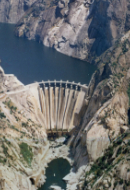
What is hydroelectric energy
Find out how hydroelectric power plants work.

Types of dams
There are different types of dams depending on their materials or mechanisms.

Hydropower terms
The 10 most relevant concepts in hydropower.
Great examples of pumping hydropowers
La Muela II is the largest pumped-storage hydropower plant in Europe, located on the Cortes de Pallàs reservoir on the right bank of the Júcar river.
Its installed capacity reaches 880 megawatts (MW) in turbine rotation and 744 MW in pumping –enough to meet the electricity consumption of nearly 200,000 households– thus doubling the generation capacity of the Cortes-La Muela complex to more than 1,800 MW – equivalent to the annual demand of almost 400,000 families—. The plant features a hall with four groups of reversible turbines, allowing it to take advantage of the 500 metre altitude difference between the artificial La Muela dam and the Cortes de Pallás reservoir to produce electricity.
Another of the Spanish group's major pumping initiatives is the Tâmega hydroelectric complex, whose complex is made up of three new plants on the river of the same name, a tributary of the Douro, located in northern Portugal, near Oporto. Gouvães and Daivões came on stream in early 2022, while Alto Tâmega will be operational in spring 2024.
The three power plants have a total installed capacity of 1,158 MW, representing an increase of 6 % in the total installed electrical power in the country. The complex is capable of producing 1,766 GWh per year, enough to meet the energy needs of the neighbouring towns and the cities of Braga and Guimarães (440,000 homes). In the same way, this complex has enabled a 33% increase in Portugal's hydroelectric storage capacity, an increase in power that represents a growth of over 60% in the volume of energy stored by pumping in 2023 compared to 2021.
Already in 2024, Iberdrola received authorisation to build a pumped hydroelectric plant in Valdecañas (Cáceres), in Spain, with the aim of improving Tagus River’s energy potential by seasonally storing the system's surplus energy in the Valdecañas reservoir. The operation is part of the Group's commitment to hydroelectric storage. In the same way, in the Tagus basin, the project for the construction of a pumped hydroelectric generation facility called Alcántara II, with 440 MW of capacity, is also in the pipeline.
Reinforcing our commitment to pumping
Efficient storage is a fundamental pillar in the strategic process of stabilising market prices and avoiding volatility in margins. At Iberdrola, we are leaders in pumping technology, and through our new Strategic Plan 2024-2026, we intend to reinforce this position with an investment of €1.5 billion in storage.
We aim to reach 120 million kWh of pumped storage capacity by 2026 – an increase of 20% – and a total portfolio of 150 million kWh. A firm drive to provide greater stability to the electricity system, together with growth in smart grids, manageable renewables and hybridisation.





